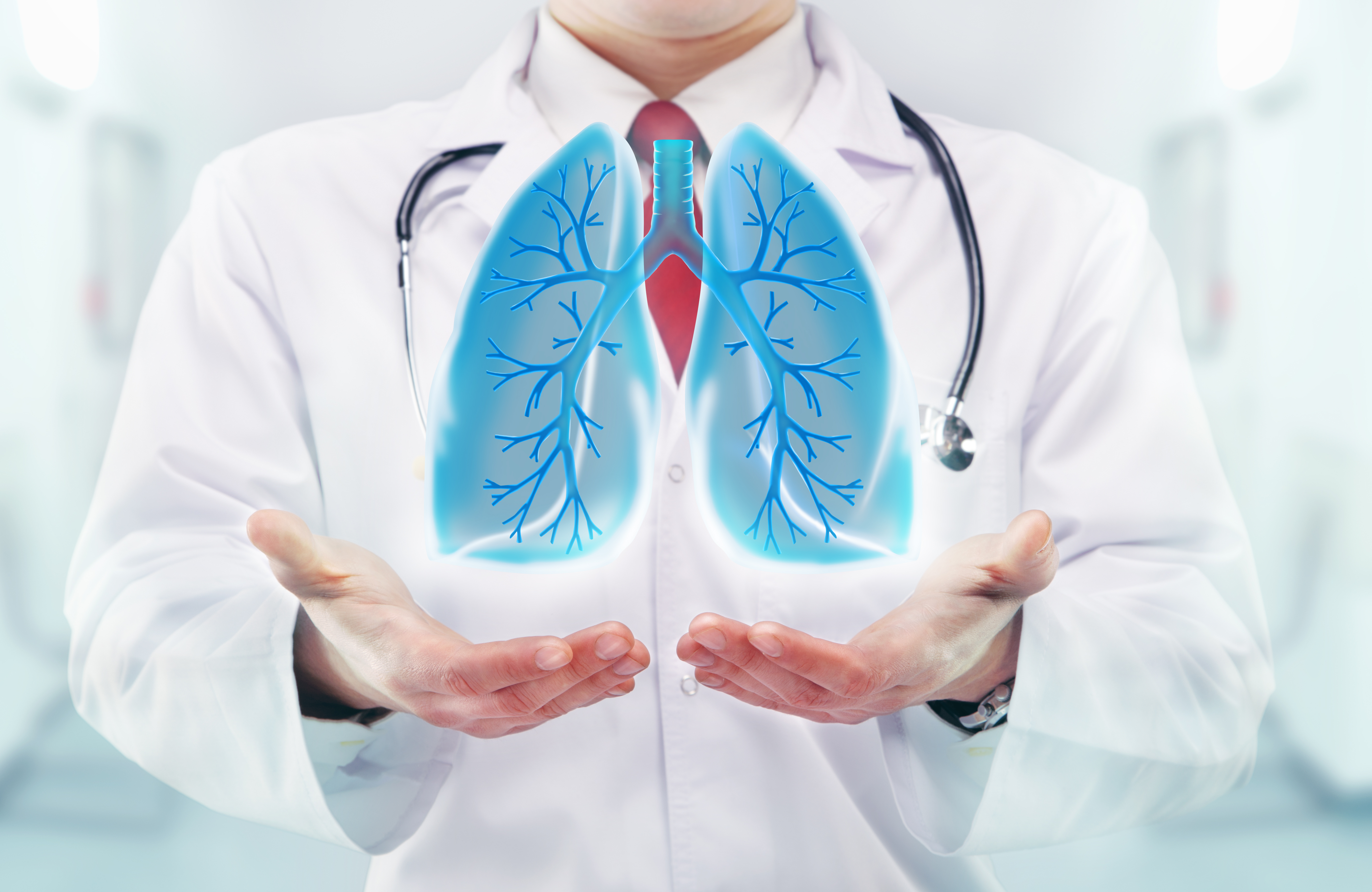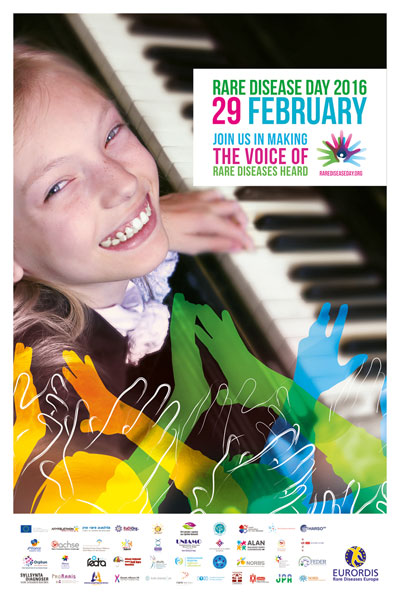Rare Disease Day 2016: a Highlight on Scleroderma

I am very excited to make Rare Disease Day 2016 the focus of my first post for Scleroderma News.
What is Rare Disease Day?
 From Eurordis.org: “Held each year on the last day of February, Rare Disease Day is an annual awareness-raising event coordinated by EURORDIS. The main objective of Rare Disease Day is to raise awareness amongst the general public and decision-makers about rare diseases and their impact on patients’ lives. The campaign targets the general public and also seeks to raise awareness amongst policy makers, public authorities, industry representatives, researchers, health professionals and everyone with an interest in rare diseases.
From Eurordis.org: “Held each year on the last day of February, Rare Disease Day is an annual awareness-raising event coordinated by EURORDIS. The main objective of Rare Disease Day is to raise awareness amongst the general public and decision-makers about rare diseases and their impact on patients’ lives. The campaign targets the general public and also seeks to raise awareness amongst policy makers, public authorities, industry representatives, researchers, health professionals and everyone with an interest in rare diseases.
Since Rare Disease Day was first launched by EURORDIS and its Council of National Alliances in 2008, thousands of events have taken place throughout the world, reaching hundreds of thousands of people and resulting in a great deal of media coverage.
The political momentum resulting from Rare Disease Day also serves advocacy purposes. It has notably contributed to the advancement of national plans and policies for rare diseases in a number of countries.
Even though the campaign started as a European event, Rare Disease Day has progressively become a worldwide phenomenon, with the USA joining in 2009, and patient organisations in 85 countries around the world participating in 2015. Our objective is for the World Health Organization to recognise the last day of February as the official Rare Disease Day.”
I was deeply honoured for Eurordis to have included my “Living with scleroderma” story within their first e-newsletter of 2016, as well as to feature it on their website.
Read the full article here.
Systemic Sclerosis: A Rare Disease
Systemic sclerosis (SSc), sometimes also called scleroderma, is a rare multisystem systemic autoimmune disease affecting the connective tissue of the skin, blood vessel wall, and internal organs, and is capable of causing a wide range of tissue damage mediated mainly via microvascular injury and excessive fibrotic response. The most common vascular manifestation of SSc is Raynaud’s phenomenon due to excessive vasoconstriction, but more marked vascular involvement resulting in digital ulceration occurs at some point in up to 55% of SSc patients. Diffuse cutaneous SSc differs from the limited SSC by the extent of skin involvement, specific auto antibodies and worse prognosis.
(References 1. Ferri C, Valentini G, Cozzi F et al. Systemic sclerosis: demographic, clinical and serologic features and survival in 1,012 Italian patients. Medicine (Baltimore) 2002; 81:139-53. 2. Khimdas S, Harding S, Bonner A et al. Associations with digital ulcers in a large cohort of systemic sclerosis: results from the Canadian Scleroderma Research Group registry. Arthritis Care Res 2011; 63:142-9).
Organ involvement includes skin (telangiectasias, Raynaud’s symptoms, digital ulcers, gangrene, fibrosis), kidney (up to renal crisis), heart (cardiomyopathies, CHF, arrythmis), interstitial lung disease (fibrosis) and PAH, joint tenderness, oesophageal and GI tract motility disturbances leading in severe cases to malabsorption and pseudo-obstruction.
The disease is devastating, with 30-50% 5-year mortality, 60-80% 10-year mortality, depending on organ involvement (especially lung). An updated ACR/EULAR classification for diagnosis was published in 2013 (Frank van den Hooge et al.Ann Rheum Dis; 2013).
Currently, there is no approved medical treatment available to prevent the vascular and fibrotic damage in patients with SSc and the treatment is symptomatic.
Rare Disease Day is a fantastic opportunity to bring rare disease patient communities together across the globe. As global collaboration is key to deciphering the rare disease trigger and the treatment codes.
The UK scleroderma facebook family, in recognition of Rare Disease Day posted their real life photos to be grouped together, for a poster in support of the Rare Disease Day awareness campaign to give a snap shot and visual aid as to the true reality of living with this rare disease:
Rare diseases at a glance:
According to Eurodis: A rare disease, also referred to as an orphan disease, is any disease that affects a small percentage of the population.
Most rare diseases are genetic, and are present throughout a person’s entire life, even if symptoms do not immediately appear. In Europe a disease or disorder is defined as rare when it affects less than 1 in 2000 citizens.
Rare diseases are characterised by a wide diversity of symptoms and signs that vary not only from disease to disease but also from patient to patient suffering from the same disease. (Particularly so, with scleroderma and raynauds).
Relatively common symptoms can hide underlying rare diseases, leading to misdiagnosis. (Particularly so, with scleroderma and raynauds).
Read the fact sheet “What is a rare disease?”![]()
According to the European Medicines Agency: about 30 million people living in the European Union (EU) suffer from a rare disease.
Rare diseases are defined as life-threatening or chronically debilitating conditions that affect no more than 5 in 10,000 people in EU. This is equivalent to around 250,000 people or less for each disease.
This equates to approximately 3.5 million people in the UK and 30 million people across Europe, as by raredisease.org.uk-
80% of rare diseases have a genetic component. Rare diseases can be single gene, multifactorial, chromosomal or non-genetic due to degenerative and proliferative causes.
75% of rare diseases affect children, and 30% of rare disease patients die before their fifth birthday.’
Medical and scientific knowledge about rare diseases is lacking. The number of scientific publications about rare diseases continues to increase, particularly those identifying new syndromes. However, fewer than 1,000 diseases benefit from even minimal amounts of scientific knowledge. These tend to be the rare diseases that occur most frequently.
The European Medicines Agency ‘plays a central role in the development and authorisation of medicines for rare diseases. These medicines are termed ‘orphan medicines’ in the medical world.
Since the pharmaceutical industry has little interest, under normal market conditions, in developing and marketing medicines intended for small numbers of patients, the EU offers a range of incentives to encourage the development of these medicines.
The EU’s Seventh Framework Programme for Research and Technological Development![]() (FP7), which ran between 2007 and 2013, boosting research into rare diseases. Its first phase focused on innovative and multidisciplinary projects investigating non-infectious, non-cancer rare diseases. This knowledge provides the basis for future development of new approaches to diagnose, treat and prevent rare diseases’.
(FP7), which ran between 2007 and 2013, boosting research into rare diseases. Its first phase focused on innovative and multidisciplinary projects investigating non-infectious, non-cancer rare diseases. This knowledge provides the basis for future development of new approaches to diagnose, treat and prevent rare diseases’.
I hope that I have given a brief-ish synopsis as to the concept of Rare Disease Day and the descriptive elements of having a rare disease.
https://www.raredisease.org.uk
www.eurordis.org
www.ema.europa.eu/ema/
www.ec.europa.eu/health/rare_diseases/policy/index_en.htm







